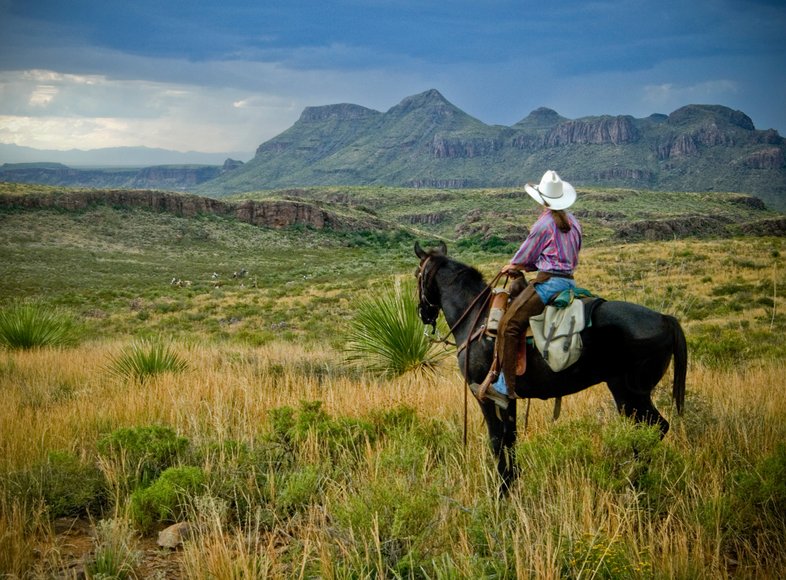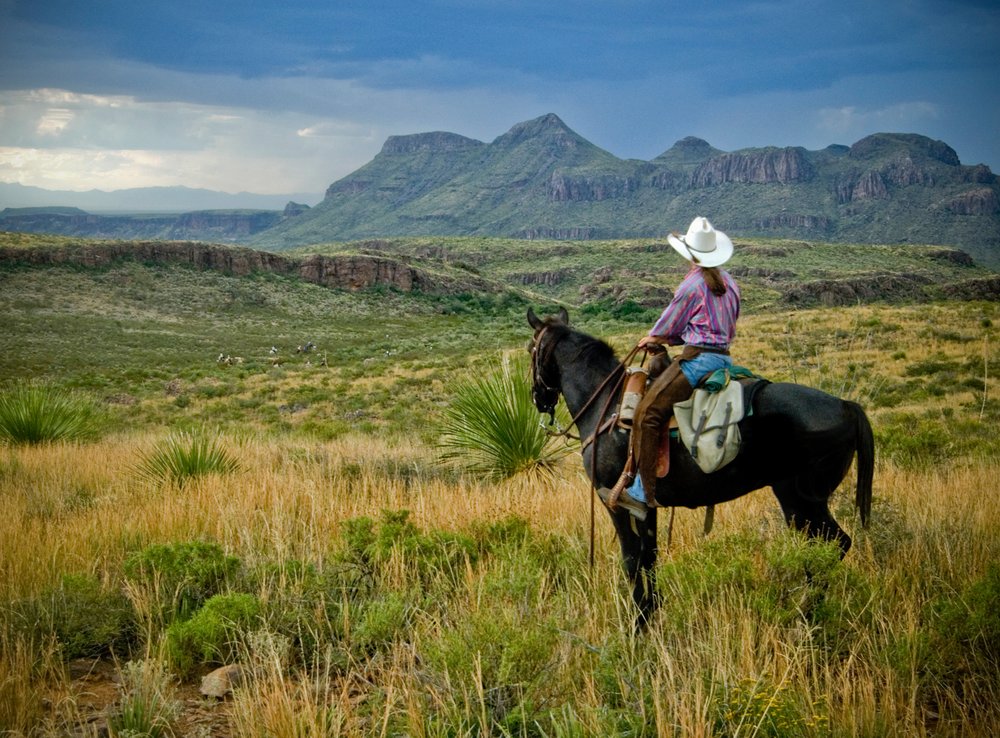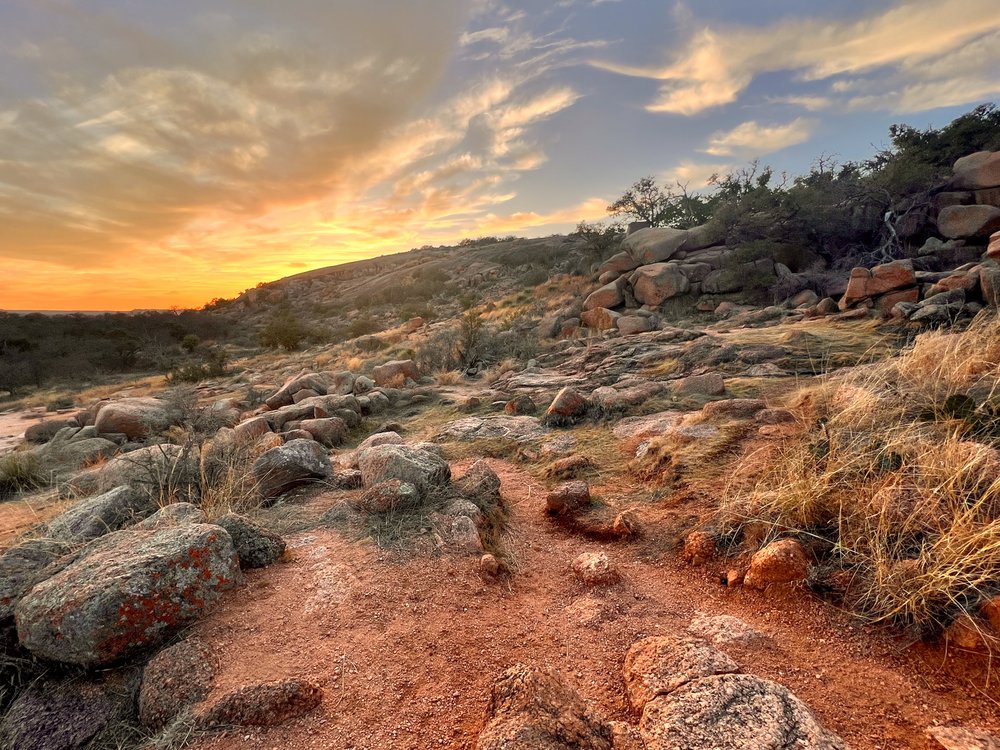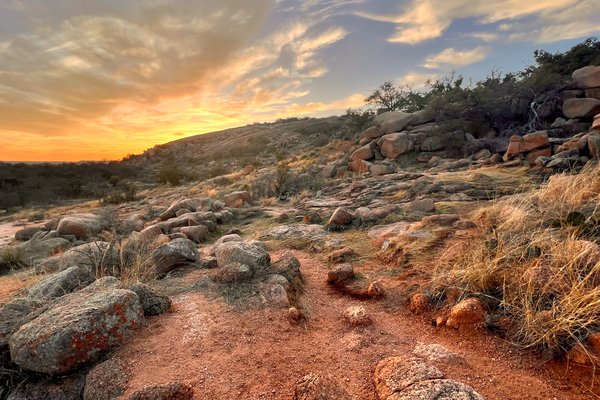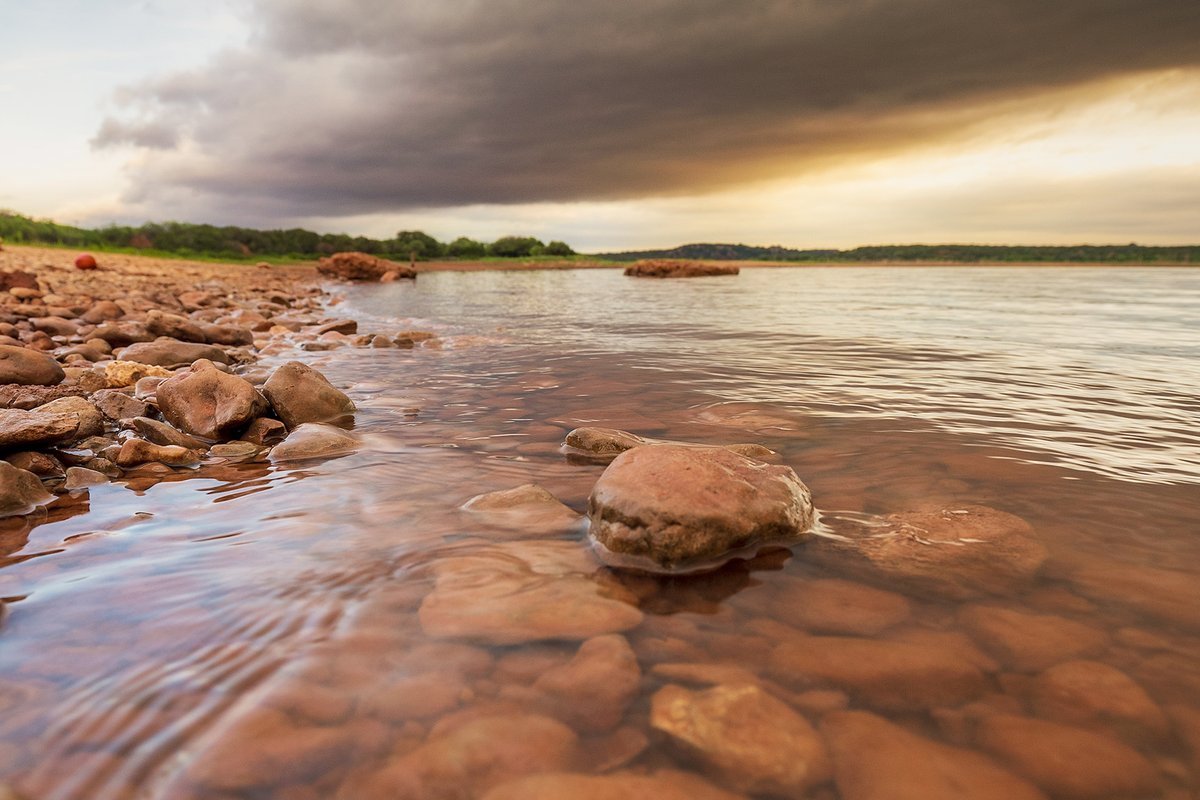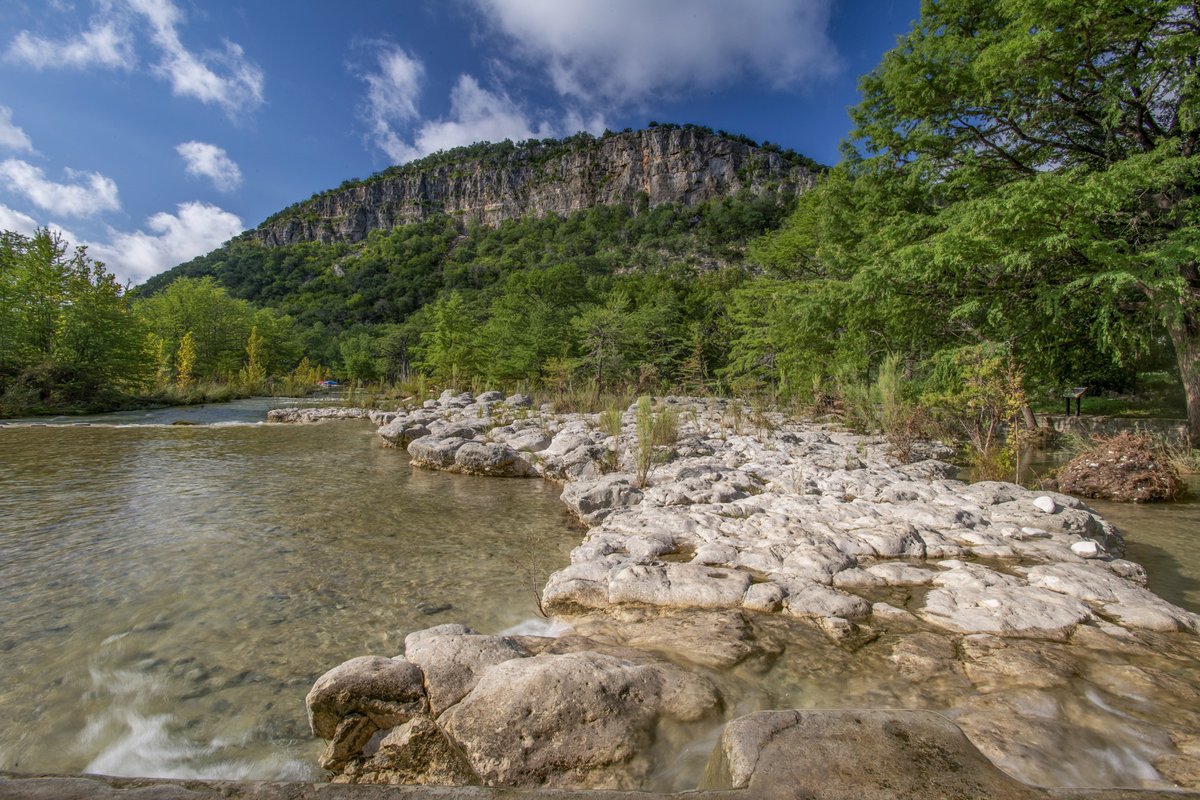Our present state parks system is sick to the point of dying. Our parks are many, scattered and without tourist-attracting features needed for effective use ... We must decide what we want in the way of parks and what it will cost, then provide this service to our people or not attempt to engage in the activity at all.
John B. Connally Jr., Governor of Texas
George Bristol’s book “Texas State Parks: The First 100 Years, 1923-2023” was published in February 2023 by TCU Press. His chapter “The Golden Years: 1963-1980” is condensed and excerpted here.
Gov. John Bowden Connally Jr. was a product of rural Texas, growing up on a farm near Floresville south of San Antonio. He never lost his love of the land and landscape.
Connally’s rural upbringing translated into an abundant and lasting interest in state parks — so much so that when he was drafting his first legislative agenda in 1963, he prioritized the merger of the two state agencies tasked with nurturing Texas’ natural resources (the State Parks Board and the Game and Fish Commission), the money to pay for their upkeep and a major park expansion through acquisitions.
Later in life, Connally bought ranchland in the area he grew up, built a suitable house and retreated there whenever possible. Like his friend and mentor, Lyndon B. Johnson, he drew a sense of peace from the sunrises, sunsets and wildlife on his ranch.
Both he and Johnson (as well as Johnson’s wife, Lady Bird Johnson), products of the Texas landscape, would not only carry their love of the outdoors through their lifetimes, but would devote large parts of their lives to ensuring that the treasures of nature could be shared with all who wished to find comfort and renewal there.
Merging the Agencies
CONNALLY SERVED in the Navy from 1941 until the end of combat in the Pacific in 1945. He returned home as a lieutenant commander and hero and immediately jumped into business, law and politics. He was a founder and investor, with other veterans, of radio station KVET; became a new member of an Austin law firm; and was campaign manager for Lyndon Johnson’s 1946 U.S. congressional re-election and hotly contested 1948 U.S. Senate race. That political partnership would endure through Johnson’s failed 1960 and wildly successful 1964 presidential races.
In 1962, Connally was elected governor and, in August 1963, signed into law the act consolidating the State Parks Board — which was, according to Connally, “sick to the point of dying” — with the older, more-established Game and Fish Commission to create the Texas Parks and Wildlife Department. It caused criticism upfront — “a Connally power grab,” with attendant grumbling and finger-pointing — but it soon became very popular and raised more revenue than expected.
Connally used his significant attributes of charm, knowledge and political adroitness to sell the merger and the renewal of the parks system. He also had the recent findings of a State Parks Board-commissioned study (1958) on the needs of the parks and lack of sustainable funding.
The study was conducted by Texas Tech College (now University). With park attendance reaching more than 5 million visitors annually and with many of the parks reaching 25 to 30 years of constant use with a lack of repair and maintenance, the study called for the acquisition of 373,000 acres of parkland and expenditures on parks of $462 million between 1963 and 2000.
On Nov. 22, 1963, Connally nearly lost his life during the tragic assassination of President John F. Kennedy in Dallas. As Connally recovered and returned to public life, he became one of the most intriguing figures among political leaders in America.
Connally used his new political power to take advantage of another opportunity for park system reforms and financing during his first term as governor. In 1964, Connally’s friend and mentor, President Johnson, would shepherd the federal Land and Water Conservation Fund through Congress. A major part of the act called for funding to be earmarked for state and local communities for acquisition and development of recreational projects. But to receive such funding, recipients had to provide an outdoor recreation master plan and state matching funds.
So Texas Tech University drew up a master plan, and by 1967, the Texas Parks and Wildlife Department was held in such high esteem and parks were in such high demand that Connally was able to pass a $75 million bond package for park acquisition.
As promised by Johnson’s Land and Water Conservation Fund, the bond package was matched by millions in federal dollars (originally, the match was 60 percent state and 40 percent federal). Now Texas had more than $100 million to expand the parks system as never before, and a governor who wanted to see it through to satisfactory and long-lasting results.
An enormous side benefit of the Connally legislative triumph for parks was that the Texas Legislature put its (or our) money where its mouth was. The legislation tripled the parks budget, appropriating $1.7 million for 58 sites covering 62,000 acres and funding for development of several new sites, including Martin Dies Jr. State Park in 1964, Fort Leaton in 1967 and Dinosaur Valley State Park in 1968 (see sidebar for list of key acquisitions).
Before the merger of the agencies, 47 parks had been obtained, and many of those were the result of federal action during the period of the Great Depression. In the 25 years after the merger, Texas acquired 63 parks.
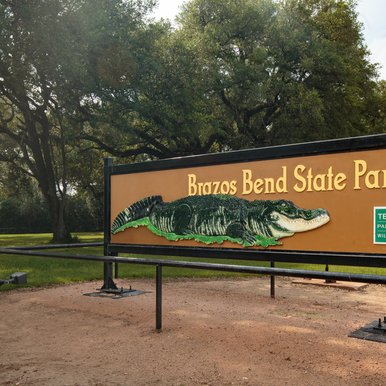
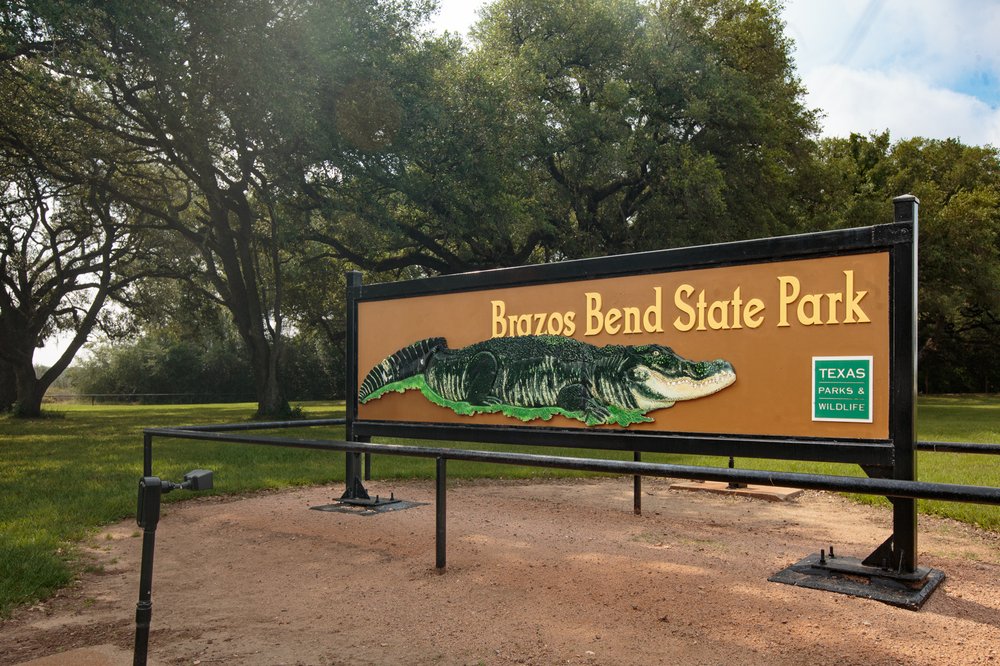
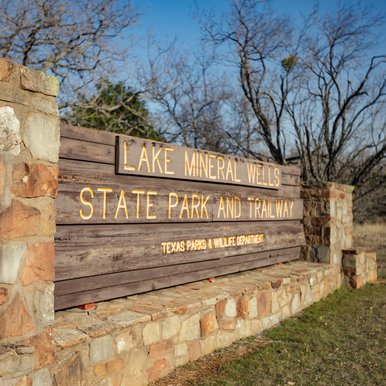
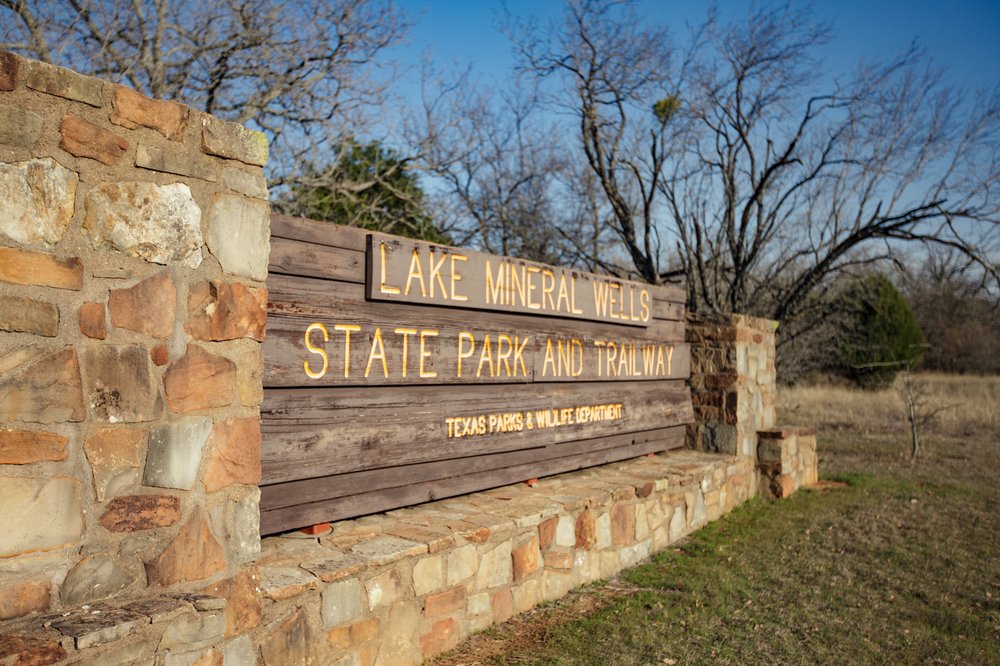
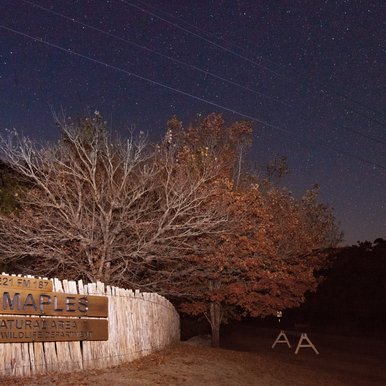
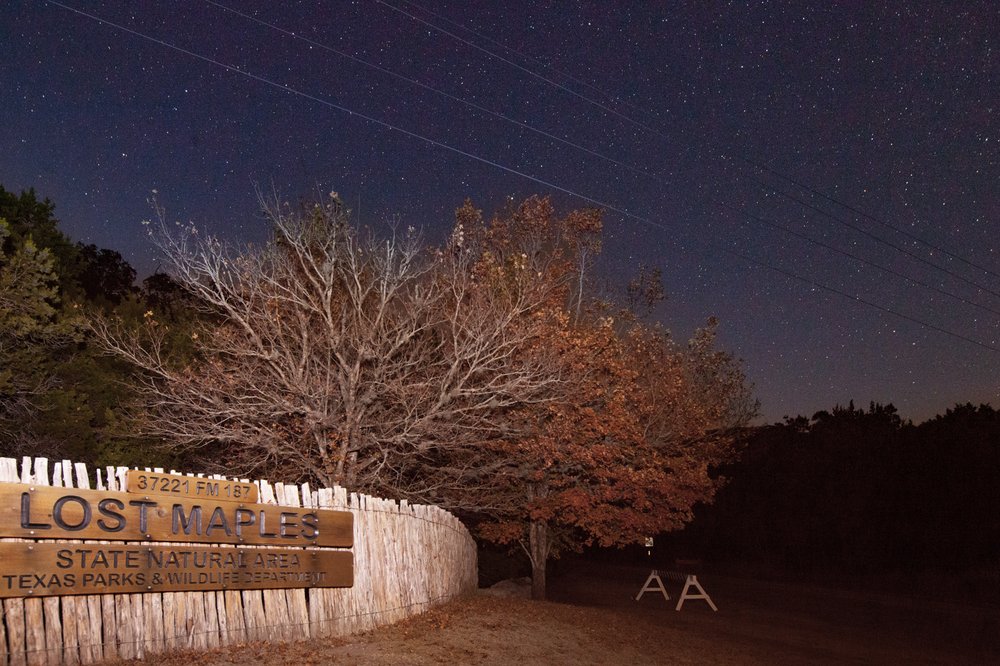
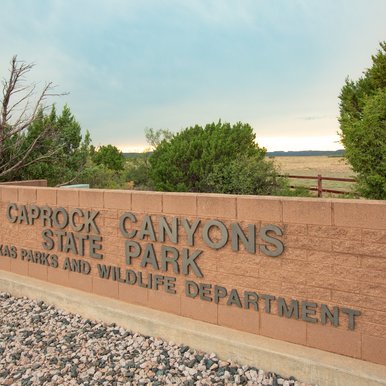

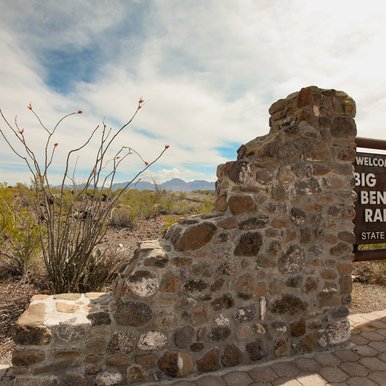

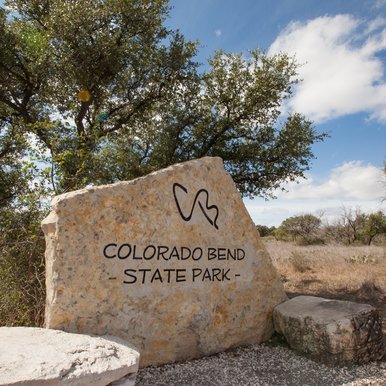
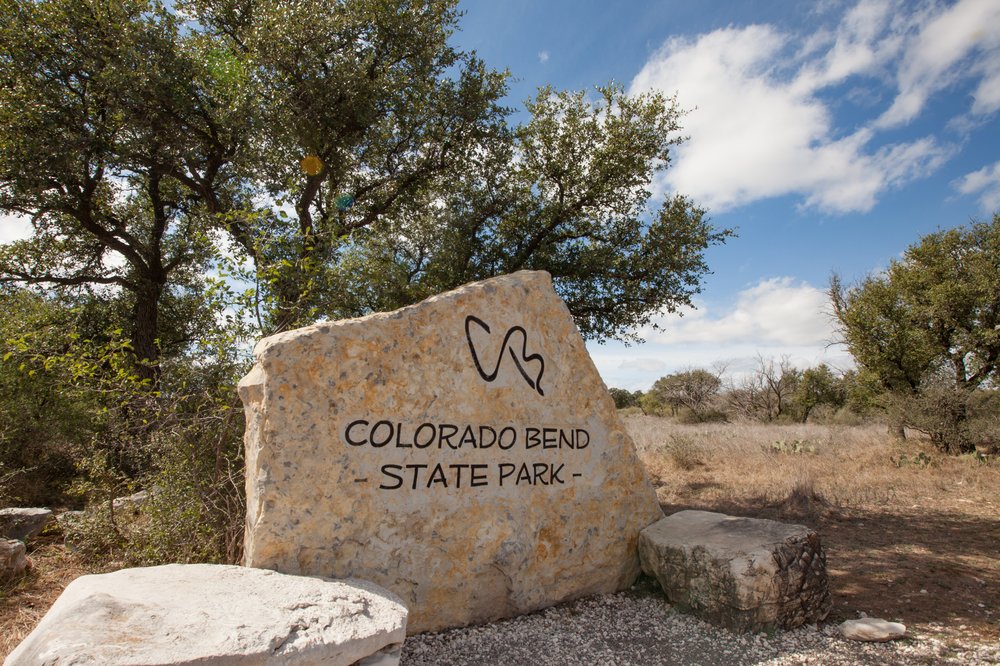
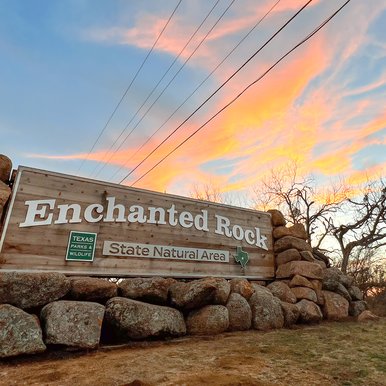

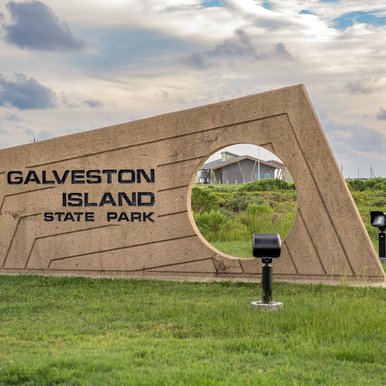
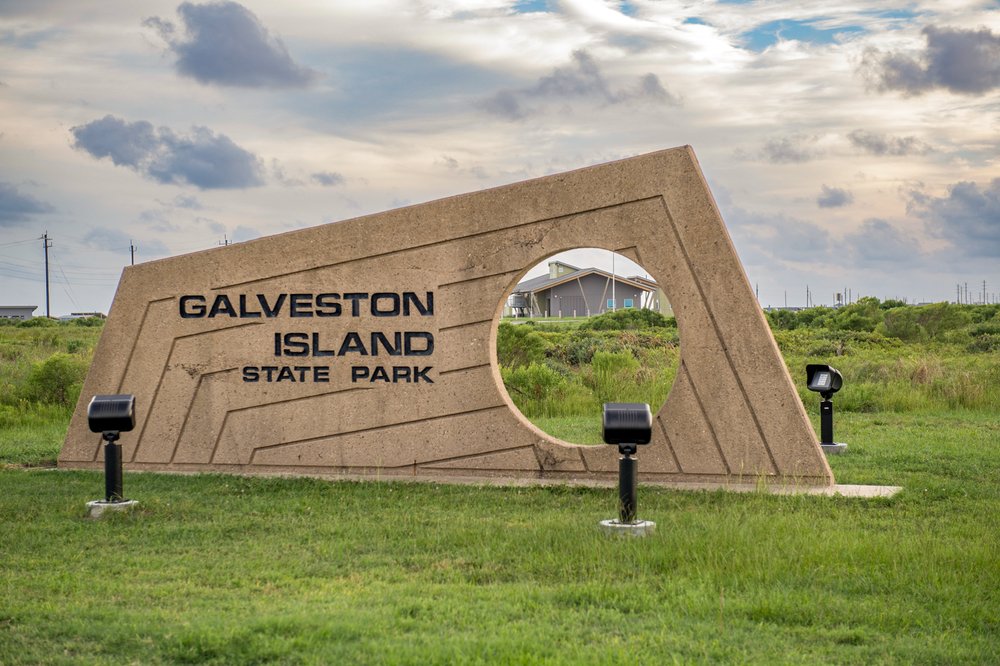
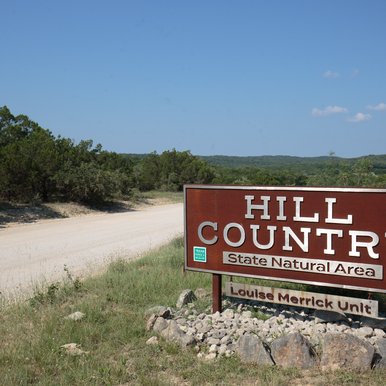
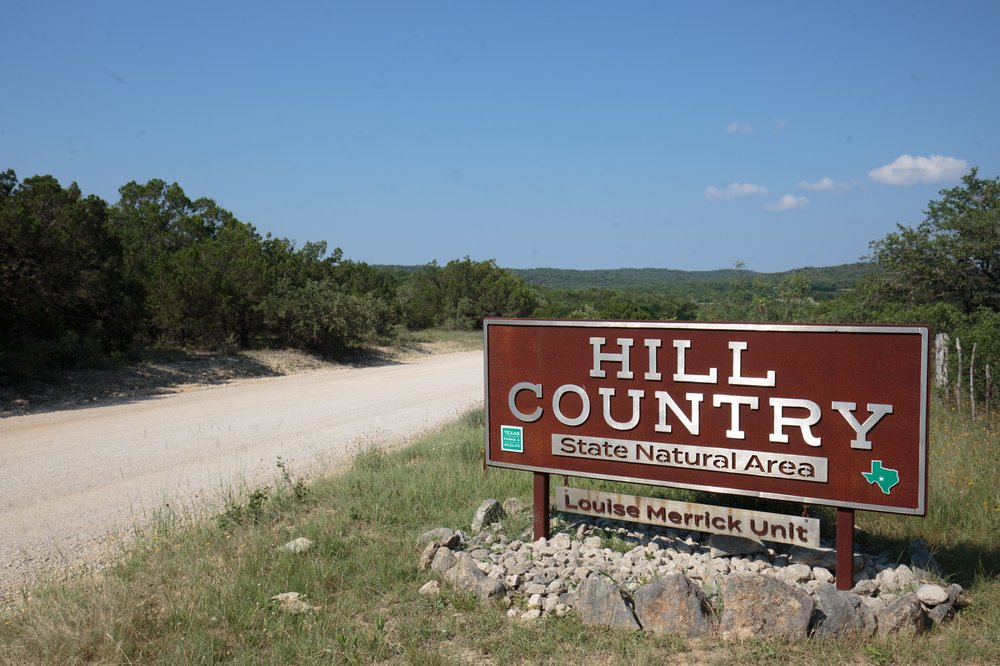
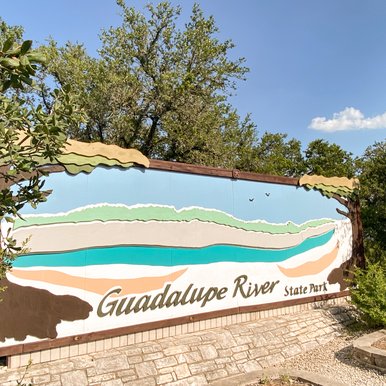
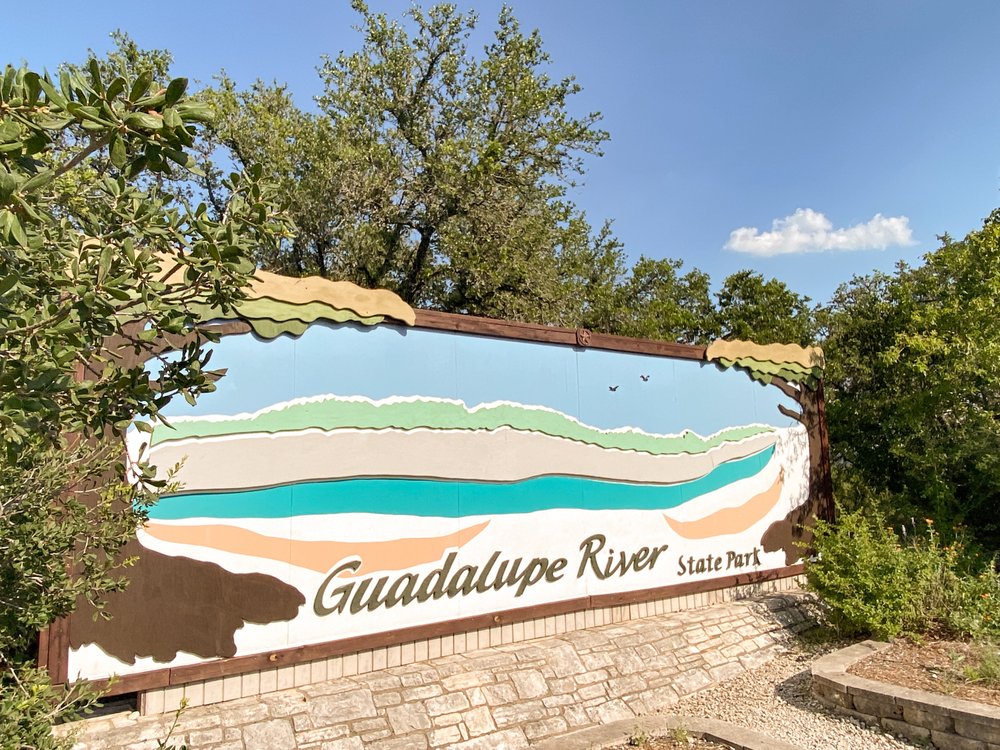
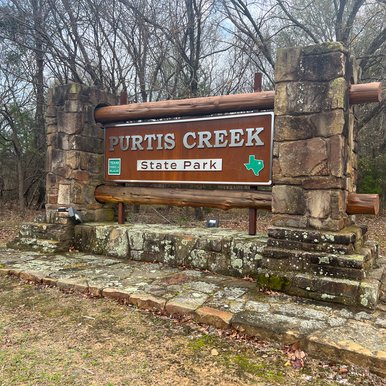
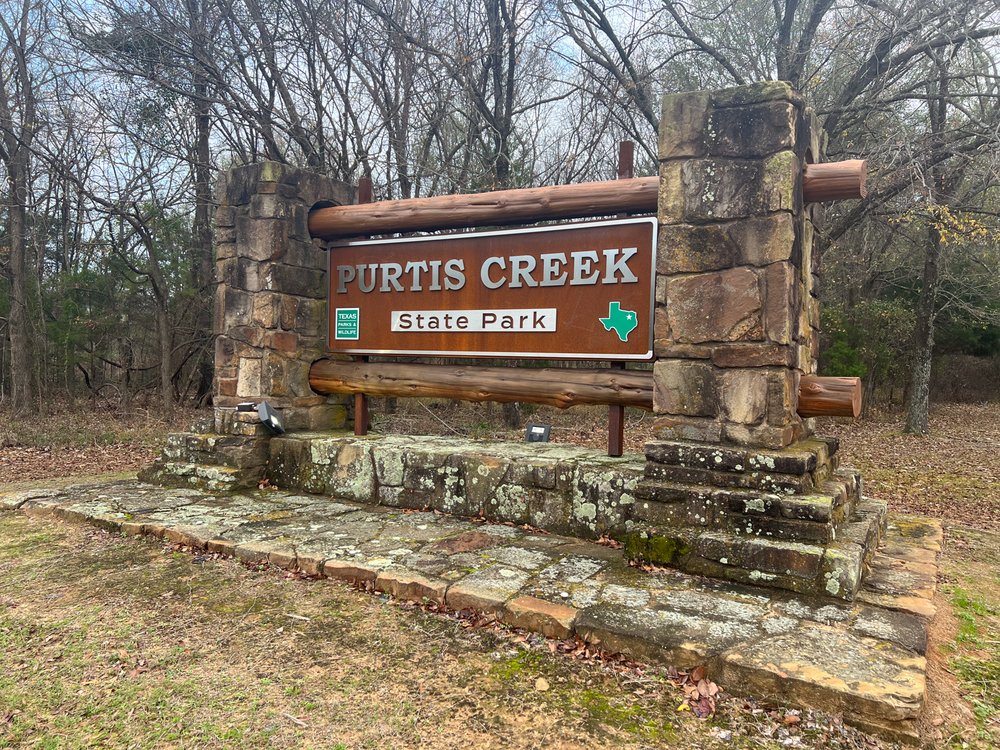
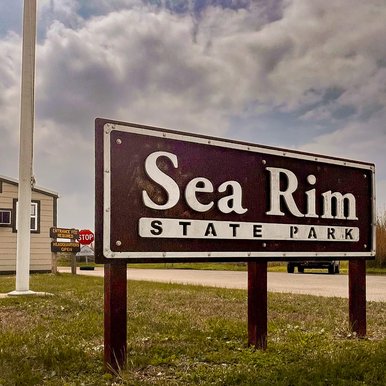
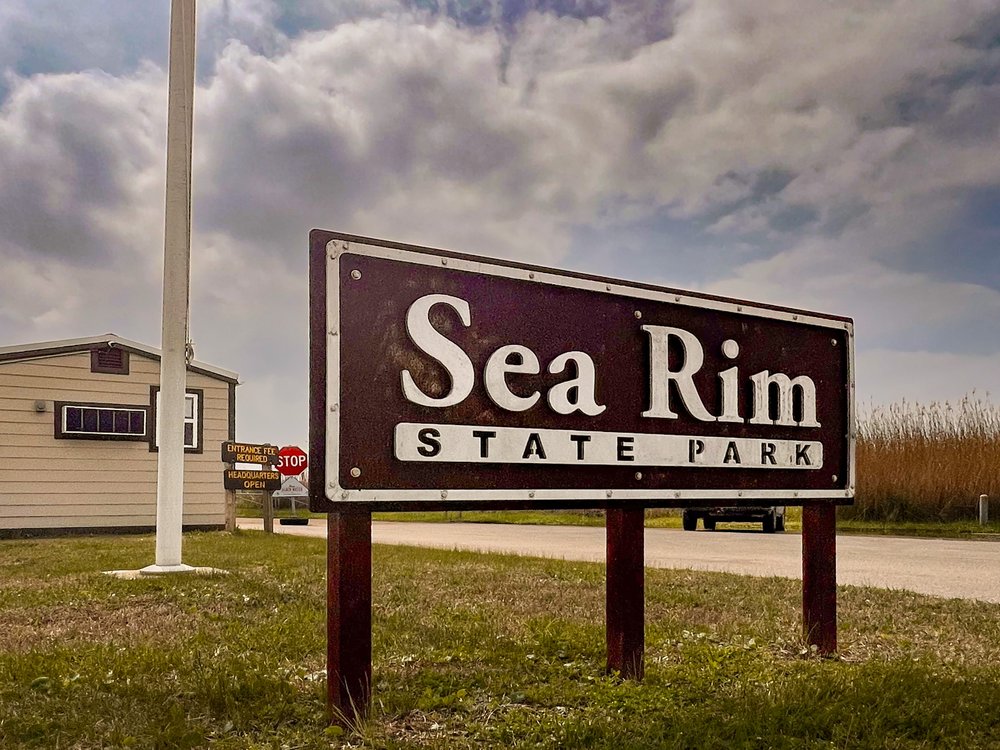
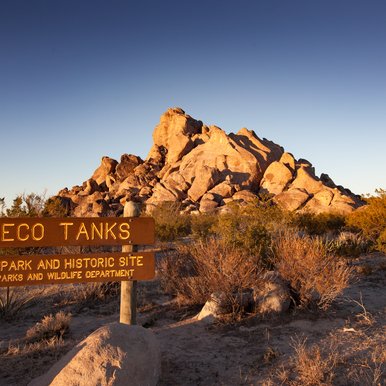
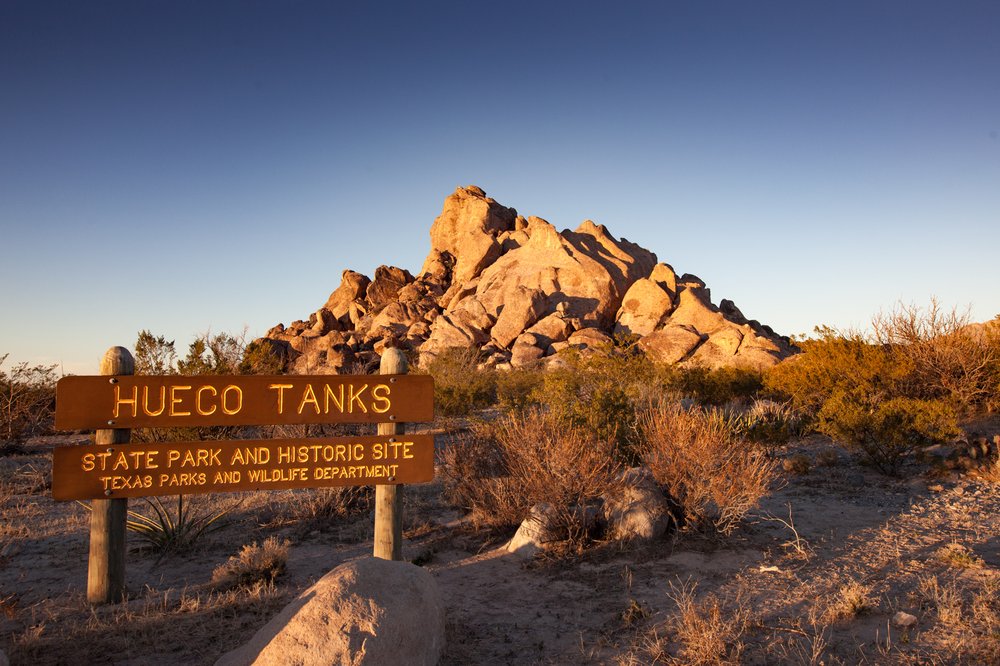
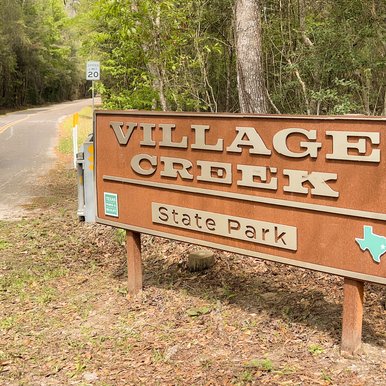
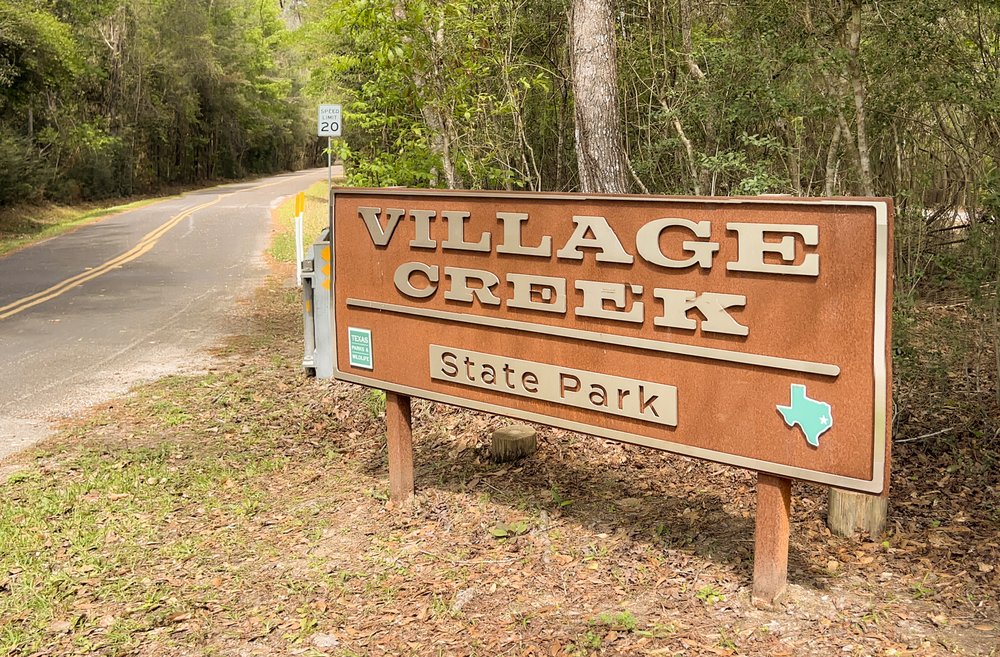
Cigarettes for Parks
BUT WITH ALL good things, there are usually flaws. The bond financing program was no exception. The $1-per-car mandated entrance fee did not generate enough revenue to meet the needs of a rapidly growing Texas or adequately cover debt retirement.
To correct the shortfall and allow park expansion to continue to move forward, the Texas Parks and Wildlife Department turned to state Sen. Don Kennard of Fort Worth, a parks and conservation advocate of the first (and lasting) order. With Texas Parks and Wildlife’s blessing over the 1968 to 1971 periods, Kennard would develop a financing scheme using state revenue from the sale of cigarettes: a penny-a-pack tax.
Kennard was the product of an urban upbringing who had a healthy love of nature and the outdoors fostered by his father. Kennard remembered his dad as a great quail hunter and dog man who loved to get away from the big city and spend time in the open spaces of Texas. He often took young Don along.
From these outings, Kennard discovered a love of nature, particularly canoeing, and he shared with friends — and later, prospective supporters of his conservation work in the Legislature — the pure pleasure of getting away from the city. Along the way, he developed a love for Big Bend country and the Rio Grande.
Throughout the late 1960s and early 1970s, Kennard used the power of chairmanship and interim committee study to make the case for a more substantial and sustainable method of state financing for state parks, wildlife management areas and historic sites. Anything would have been an improvement. Texas in 1961 was spending less than a nickel per Texan per year on the parks system.
Through persistence, homework and perfect timing, all the legislative rings aligned. With the 1971 Texas legislative session, Kennard perfected not only a penny-a-pack cigarette tax to generate the needed revenue but a fund — Fund 31 — in which to deposit and hold the funds, plus a carefully crafted plan detailing how and for what to make distributions: acquisition, planning and development of state parks and historic sites.
At its zenith, the cigarette tax generated $16 million annually. In its first four years (1971 to 1975), it generated $53 million.
The Biggest Park
IN MOST TIMES of park crisis and need for leadership, the Texas parks system inspired leaders who stepped forward and addressed once again the age-old problem of inadequate funding at all levels of park needs: repair, maintenance, operations, local grants and, most assuredly, new acquisitions.
In 1988, Texas Parks and Wildlife Department commissioners voted to purchase a 212,000-acre privately owned ranch, which would become Big Bend Ranch State Park, the largest state park in Texas. It has since been expanded to more than 300,000 acres.
I have known two of the principals here for much of my adult life: Bob Armstrong (now deceased) and Andy Sansom, both the epitome of public servants at their best.
All good endeavors usually require patience. In the case of acquiring something as magnificent as Big Bend Ranch State Park, patience became protracted perseverance.
Bob Armstrong’s love affair with that landscape began on a hunting trip in West Texas in 1970, when he met the owner of the ranch, Robert O. Anderson. Armstrong allowed that if Anderson ever wanted to sell the ranch, it would make a fine state park. The idea apparently struck a chord. Over the next 15 years, they kept in touch.
In 1988, Sansom joined the Texas Parks and Wildlife Department team to scout out new park prospects and find the funding to secure them for the system. Somewhere in the multitude of financial accounts, Sansom and staff discovered that $25 million of the 20-year-old Connally bonds had been authorized for expenditure but never drawn down.
Sansom secretly flew to New Mexico, Connally bond money in hand, to hammer out a deal with Robert Anderson. A deal was quickly struck. After 18 years of patience and perseverance, Bob Armstrong, now a Texas Parks and Wildlife commissioner, made the motion during a commission meeting to buy the Anderson ranch.
Big Bend Ranch State Park opened on a limited basis three years later, in 1991, and opened fully to the public in 2007. The park makes up nearly half of Texas state park acreage today, and remains a gem of the park system — the crowning achievement of the Golden Age of State Parks.
